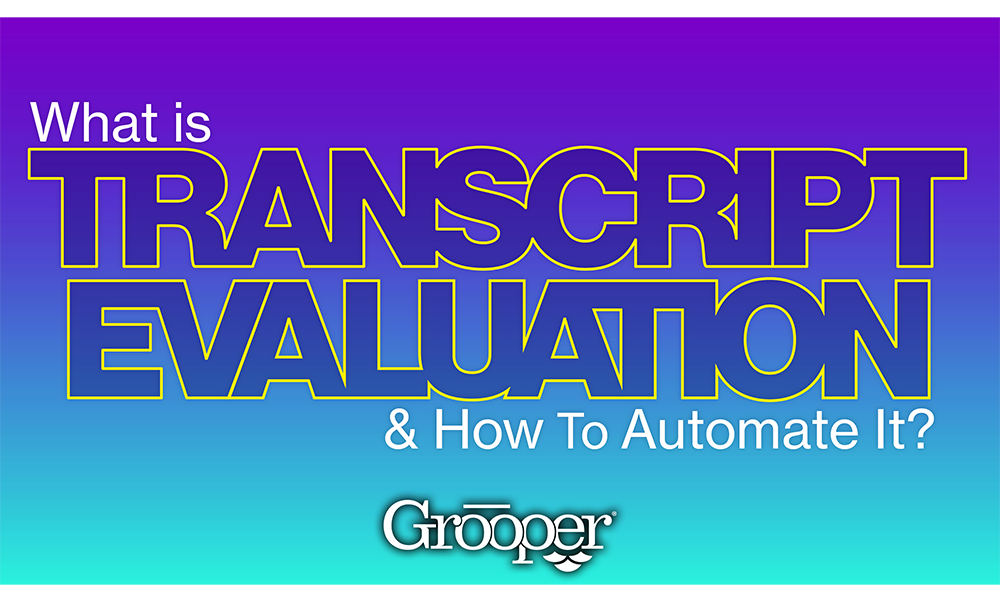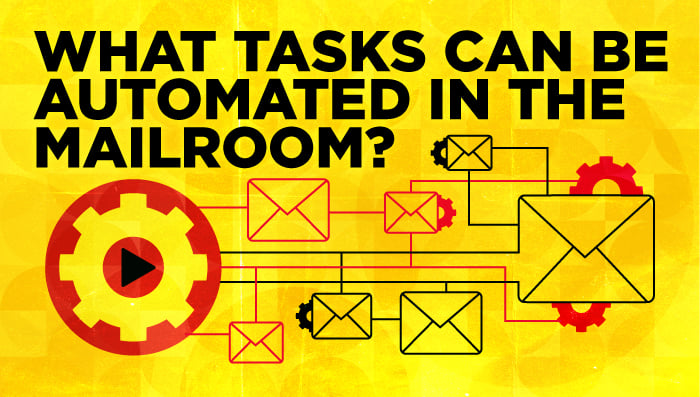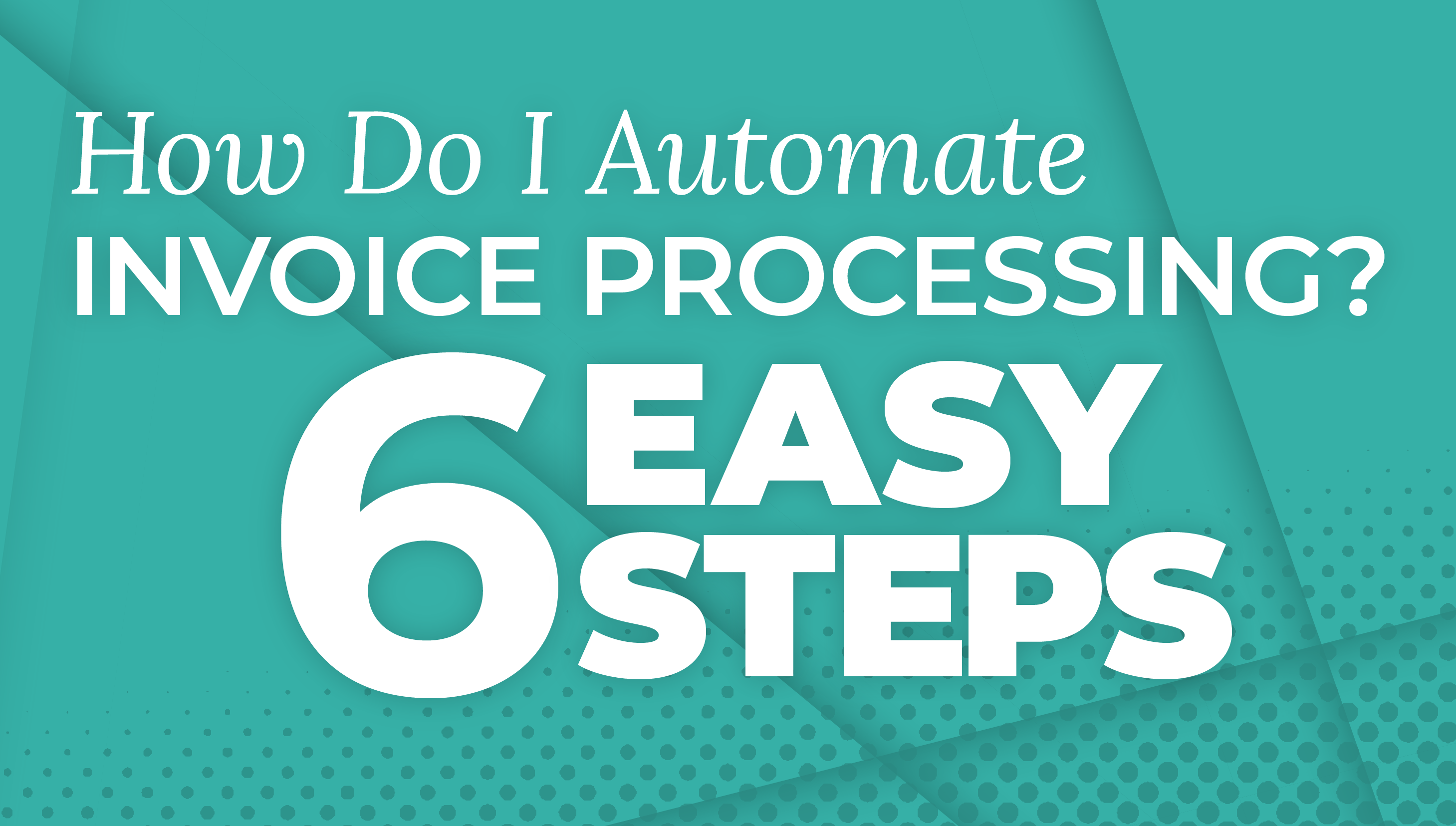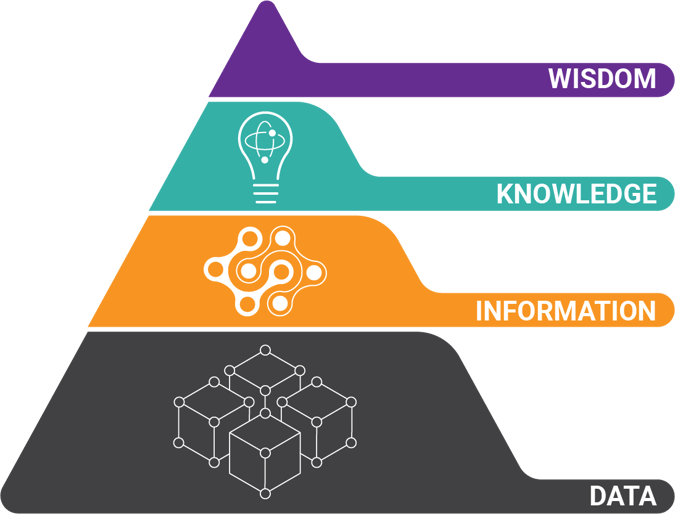There are 3 methods for measuring digital dexterity. But before you begin an assessment, ensure everyone involved fully understands why the measurement is important, the benefits of dexterity, and how the data will be used.
Step 1: Measure Your Digital Dexterity
I recommend anonymizing any survey results to ensure that the goal of increasing overall organization digital dexterity is the focus.
Ways to Digital Dexterity Measurement:
(You may choose to use one, or multiple methods in your assessment.)
Approach #1 - Assessment
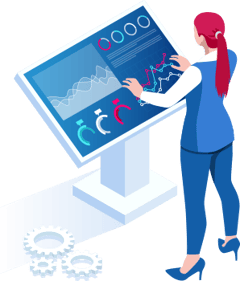 As it sounds, this is a formal testing of a worker’s ability to use digital tools. Assessment is nothing new. Organizations have performed words per minute typing tests for years.
As it sounds, this is a formal testing of a worker’s ability to use digital tools. Assessment is nothing new. Organizations have performed words per minute typing tests for years.
And many organizations perform basic tests on common technologies such as the Microsoft Office suite of products, Windows, and other core software based on role. This is certainly the most invasive measurement method.
I recommend choosing a commercial digital dexterity assessment tool. These tools can measure specific skills and knowledge areas to understand strengths and weaknesses. Although these tools are often geared towards training workers, the assessment portion provides excellent metrics.
Recommended Enterprise-Grade Assessment Tools:
SHL
SHL has over 40 years of talent expertise, cutting-edge assessment science, and more than 45 billion data points. They are our recommended assessment provider.
Pluralsight
Pluralsight is a growing company that has served 70% of Fortune 500 companies in some capacity.
Approach #2 - Declarative
This measurement approach is based on creating a survey for employees to describe their general aptitude toward the use of specific technologies. Design the survey to create an understanding of their attitude toward technology.
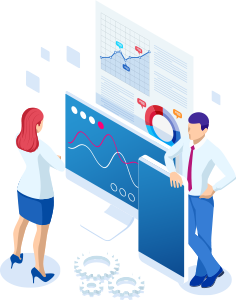 Write questions in order to find data not available in typical assessments. Include questions that:
Write questions in order to find data not available in typical assessments. Include questions that:
- Uncover how your employees use technology
- Why and when they use it
- Their approach to new technology
An advantage of the declarative approach is gaining an understanding of an employee’s desire and ambition related to technology.
Approach #3 - Observation
Today, the observation approach is mainly performed by analyzing employee usage of currently-deployed technology. Many software platforms include the ability to track activities, and provide both high-level and detailed usage insights.
Two ways to gain an understanding of an employee’s desire and ambition related to technology are:
- By understanding the use of newer tools
- New ways of working compared to the use of legacy tools (like email)
Step 2: Baseline and Benchmark Your Numbers
Without data, it is hard to make the concept of digital dexterity into a more concrete initiative.
Data that you gather through assessments can form a baseline from which your organization will benchmark against similar organizations.
And the benchmark forms the basis for a measurable improvement plan.
BIG TIP: Your baseline is not a pass / fail or good / bad rating.
Instead, it's most helpful to view it simply as a snapshot in time.
Every company has differences that influence the path of improving digital dexterity.
Benchmarking baseline data helps differentiate internal versus external factors that affect digital dexterity. Obviously, internal factors are easier to tackle.
Here are 6 Indexes Suggested by Gartner, Inc.:
- Consumerization – constantly changing work requiring judgement calls
- Team-based collaboration – a desire for organic, non-directed conversations on high-level shared interests
- Nonroutine work – valuing personal growth through new adopting new emerging technologies and techniques at work
- Nondirected social engagement – a desire to work closely with team members
- Tech positive – a desire to solve problems with new technology
- Work anywhere – the ability to work ad-hoc, not chained to a desk
Analyst groups like Gartner, Inc provide benchmarking data for all types of organizations. By comparing common indexes, an accurate comparison will help guide improvements.
Step 3: Match Digital Dexterity to Existing Business Goals and KPIs
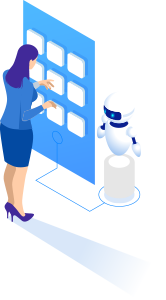 This is step is absolutely critical and provides the greatest value to your digital dexterity. The ultimate goal of analyzing your metrics is to identify the activities which are directly related to higher or lower baseline scores.
This is step is absolutely critical and provides the greatest value to your digital dexterity. The ultimate goal of analyzing your metrics is to identify the activities which are directly related to higher or lower baseline scores.
For example, try to correlate business goals like increased employee retention, or better sales performance, with higher dexterity scores. Then you would have a solid argument for the value of funding more digital workplace programs.
Finally, Consider How Much Improved Digital Dexterity Would Boost Your Core Company KPIs and Objectives
If your dexterity is increased, what would the impact be on things such as:
- Revenue
- Net promoter scores
- Customer satisfaction
- Marketing effectiveness
And what specific teams would benefit the most? These are all answered by making a making your business strategy focus on measuring digital dexterity.


